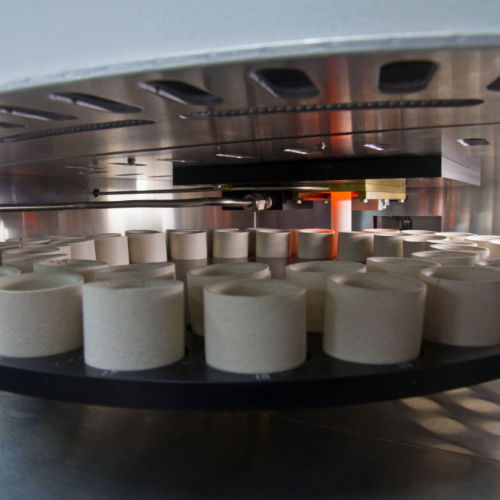A total organic carbon (TOC) analyzer is a device used for measuring organic carbon content in a liquid or water sample. Carbon content is one of the crucial parameters used for quality analysis across different segments. From analyzing drinking water sources to industrial wastewater, TOC is an important indicator of the level of contamination in water solutions. Higher TOC content may introduce harmful impacts on health and the environment therefore its accurate analysis is necessary.
TOC analysis methods
Total organic carbon analyzers can measure-
- Total carbon (TC)
- Total organic carbon (TOC)
- Inorganic carbon (IC)
- Purgeable organic carbon (POC).
- Nonpurgeable organic carbon (NPOC).
However, TOC analyzers primarily measure total carbon. But analysis of total organic carbon requires evaluation of inorganic carbon as well.
- In TOC analysis, first inorganic carbon is removed and then TOC is calculated.
- In TC-IC analysis, two different analyses are performed. One to measure total carbon and another to measure inorganic carbon and then the difference between two provides actual total organic carbon content.
- In the TOC-NPOC analysis, total organic carbon is measured by performing the addition of Non-Puregeable Organic Carbon and Puregeable Organic Carbon.
Regardless of the carbon analyzers methods employed, TOC analysis undergoes three basic stages:
- Acidification
Firstly, the acidification of the sample is performed by purging inorganic carbon and purgeable organic carbon gases. If using TC-IC analysis for TOC measurement then these gases can be expelled to the detector whereas in TOC-NPOC analysis they can be released in the air.
- Oxidation
Next, comes the oxidation of carbon to convert it into CO2. There are different techniques for this purpose, which include:
- High-temperature combustion.
- High-temperature combustion catalytic oxidation.
- Supercritical water oxidation (SCWO).
- Persulfate oxidation method.
- Detection
In TOC analysis, detection is the most important step. The different detection techniques include:
- Differential measurement of sample conductivity before and after oxidization.
- Direct TOC measurement using Non-Dispersive Infrared (NDIR) technology.
- Static pressurized concentration (SPC).
Types of TOC Analyzers
Generally, there are three types of TOC analyzers, including:
- On-line analyzers.
- Portable analyzers.
- and laboratory analyzers.
On-line TOC analyzers find applications in the pharmaceutical industry for consistent water quality monitoring. Moreover, portable analyzers are available for troubleshooting water systems at remote locations.
Purchasing Considerations To Keep in Mind
Finding the right TOC analyzer requires a lot of consideration. So make to keep the below factors in mind.
Types of samples
TOC analyzers are used for varying applications. Therefore your choice of analyzer should be based on the type of sample you want to process. A TOC analyzer used testing for pharmaceutical samples may be different than that used for testing drinking water samples.
Measurement mode
Some TOC analyzers can measure all types of carbon elements, plus nitrogen and sulfur elements as well. While some may also measure CO2 and SO2 simultaneously. Thus, your TOC analyzer can also work as a carbon sulfur analyzer. So, it all depends on your particular mode of measurement.
Measurement parameters
Different TOC analyzers are optimized for different measuring ranges. As such, ensure that your analyzer is capable to process samples within your specified measuring range.
Regulatory compliance
Lastly, your TOC analyzer must comply with regulations governing their particular area of application.
Need to have a face-to-face consultation with an expert? Call us on
or drop a mail at sales@labfit.com for further inquiries.
Get an Inquiry Now!



[…] Read more: Organic Carbon Analyzers : Essential Tools for Water Quality Testing? […]